The real cost of office printing
There are many factors to consider when working out the true cost of printing in the office
The cost of running an office printer is not just the purchase price of the machine. Total Cost of Ownership (TCO) depends on the price of its ink or toner, the paper you run through it and maintenance costs, including fitting replacement parts, such as the photoconductor drum in a laser printer.
When you take into account these extra costs, a printer with a low headline purchase price may turn out to be a more expensive option overall. HP has a TCO calculator, which compares the company's own solution to a particular office print need with popular options from its main competitors.
Company 1
Let's start with a small business with two or three employees sharing printing and copying/scanning facilities. Perhaps a small design bureau, producing posters, brochures and other literature, where there's considerable need for colour proofing, as well as the day-to-day mono printing needs in producing quotations and business letters.
Running through HP's TCO Tool, in Step 1 we choose "Up to 15 users" and have to work out the number of pages printed per month. This is fairly easy to work out by assessing the amount of paper used, over time. Typically, a UK office worker will use around 6,000 sheets of paper a year1, or 500 per month. So, for three users, we're looking at 1,500 sheets, so the option Up to 4,200 pages fits.
Assuming you want roughly the same features as provided by the machines you're currently using, in Step 2 you should select either Printer or Multi-Function Printer (MFP) and under Enterprise Features, you'll probably only need Selected features.
In Step 3 you can pick the make and model of the printer you're currently using. If the model you have isn't available, try and pick a model with a similar feature set. For example, if you have a mid-range Brother multifunction, you might pick the MFC-9140CDN as the nearest fit.
The final information, in Step 4, gives a breakdown of the mono to colour print mix. In the kind of environment of a design bureau, you would expect an unusually high proportion of colour documents to be printed, so perhaps a 50/50 split. Again, you can approximate up to the 4,200 figure entered at Step 1, so enter 2,000 for each.
Finally, the calculator does its work and the current Brother machine costs 3,142 to run for a year, compared with 1,231 for the HP OfficeJet Pro X 476dw. This is a saving of 1,911, or 5,733 over a typical three-year printer life. If you had just gone with the printer costs, the Brother is currently 259 ex VAT and the HP is 360, so the Brother looks the more economical purchase, but that's not the case when you complete the full TCO calculation.
Company 2
Let's look at a medium-sized office or workgroup, with say seven people, the kind that might be a branch office of an estate agent chain. The printer could be used for producing house particulars and details, which would give a high percentage of colour pages in the mix. Using the same average levels of print use per employee gives a monthly level of 3,500 pages.
Using an inkjet printer rather than a laser automatically gives you a much better quality photo print, on plain or specialist papers. This is because the range of colours available from liquid inks is much wider than from laser toners.
Putting the figures into the TCO Tool, gives:
Step 1: Again, Up to 15 users and Up to 4,200 pages
Step 2: MFP and Selected Enterprise features
Step 3: We picked a Samsung CLX-6260FR
Step 4: We estimated a mix of 75%/25% colour to mono pages
This gives costs of 2,225 for the Samsung machine and 1,645 for the HP OfficeJet Pro X 476dw, an annual saving of 580, or 1,740 over three years. The calculation takes into account the ink/toner and paper costs of both printers.
Further cost savings accrue from the power consumptions of the two machines. The Samsung CLX-6260FR uses 450W typically when printing, while the HP printer uses 70W, less than one sixth of the energy. If you're trying to make energy savings in the office, while increasing the throughput speed of print jobs, this change of device makes a lot of sense.
These examples only deal with Total Cost of Ownership. There are other reasons for selecting an HP inkjet printer with PageWide technology. The most compelling one is print speed. Even though laser print is a full-page technology, with each page built up on a photoconductor drum, it's still not as fast as a full-width inkjet head. The HP OfficeJet Enterprise Colour X585f MFP can reach 60ppm in General Office print mode.
Try the HP TCO calculator and find out how much you could save.
Sign up today and you will receive a free copy of our Future Focus 2025 report - the leading guidance on AI, cybersecurity and other IT challenges as per 700+ senior executives
-
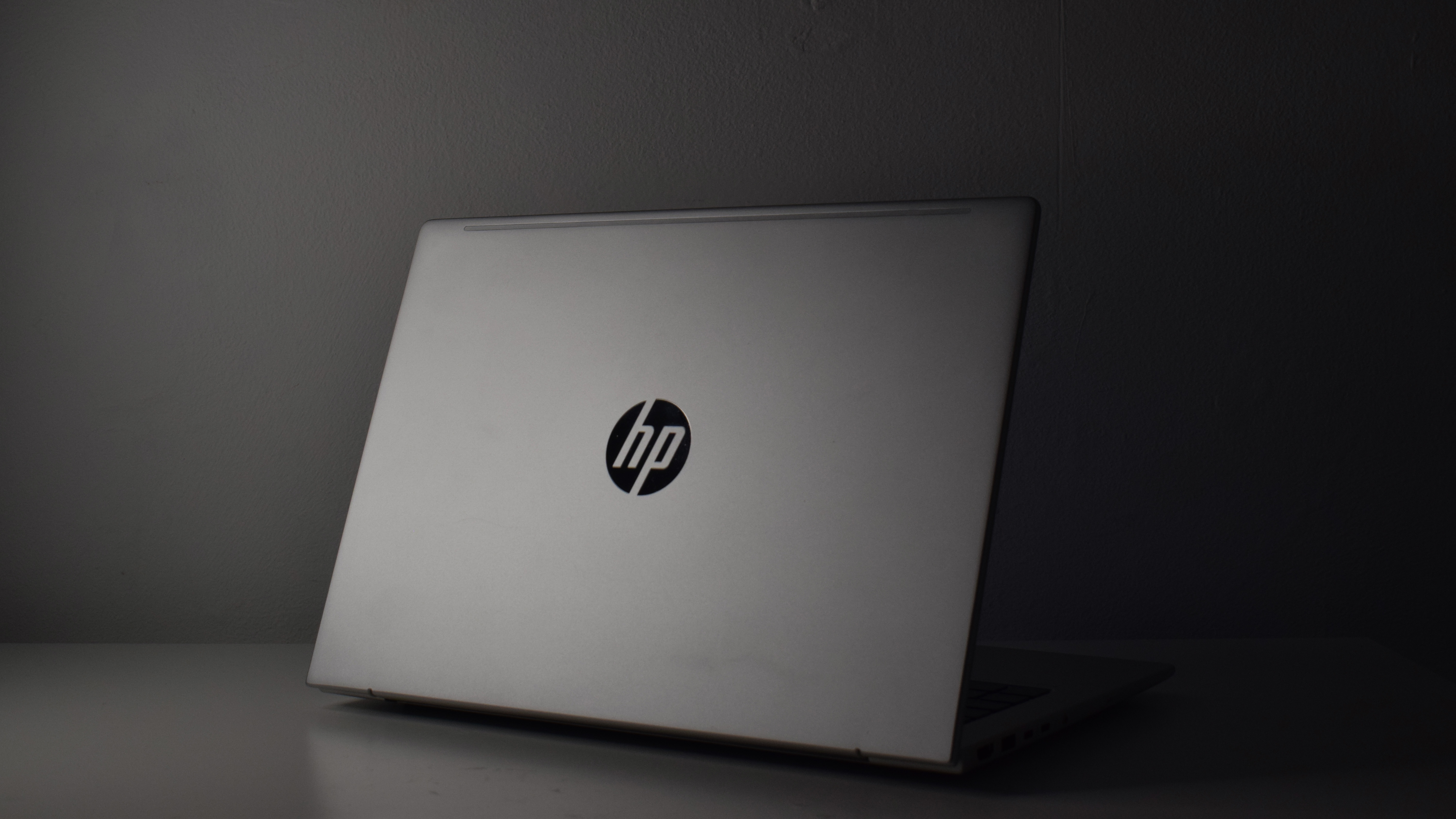 HP ProBook 4 G1a review: A no-frills business machine for the average office
HP ProBook 4 G1a review: A no-frills business machine for the average officeReviews A serious but dull business laptop, however, HP's ProBook 4 is a decent middle-tier machine
-
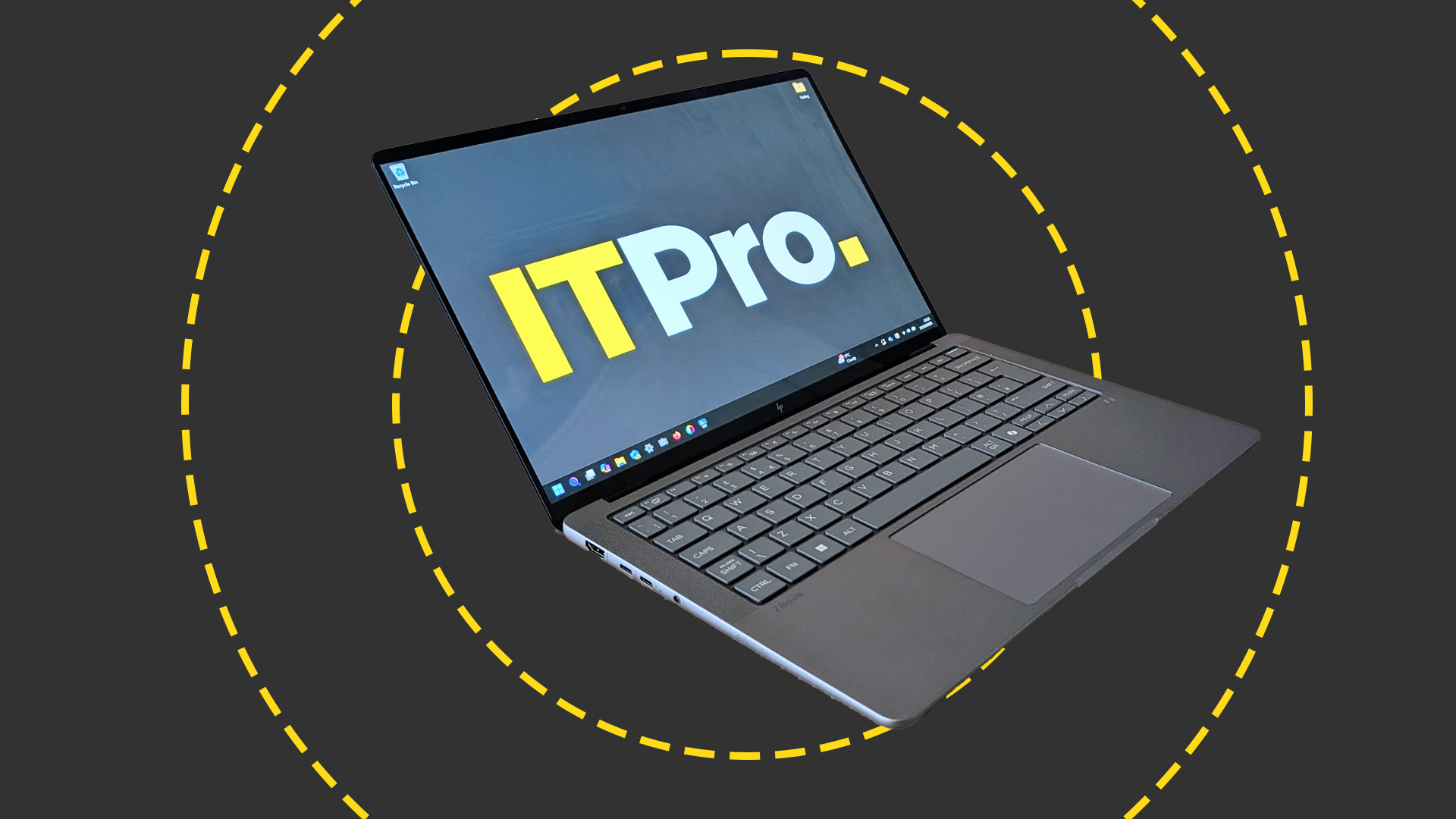 The HP ZBook Ultra G1a offers truly impressive levels of performance – a genuine game-changer
The HP ZBook Ultra G1a offers truly impressive levels of performance – a genuine game-changerReviews AMD's new Ryzen AI Max+ 395 redefines what we can expect from a laptop chipset with an integrated GPU and delivers outstanding performance
-
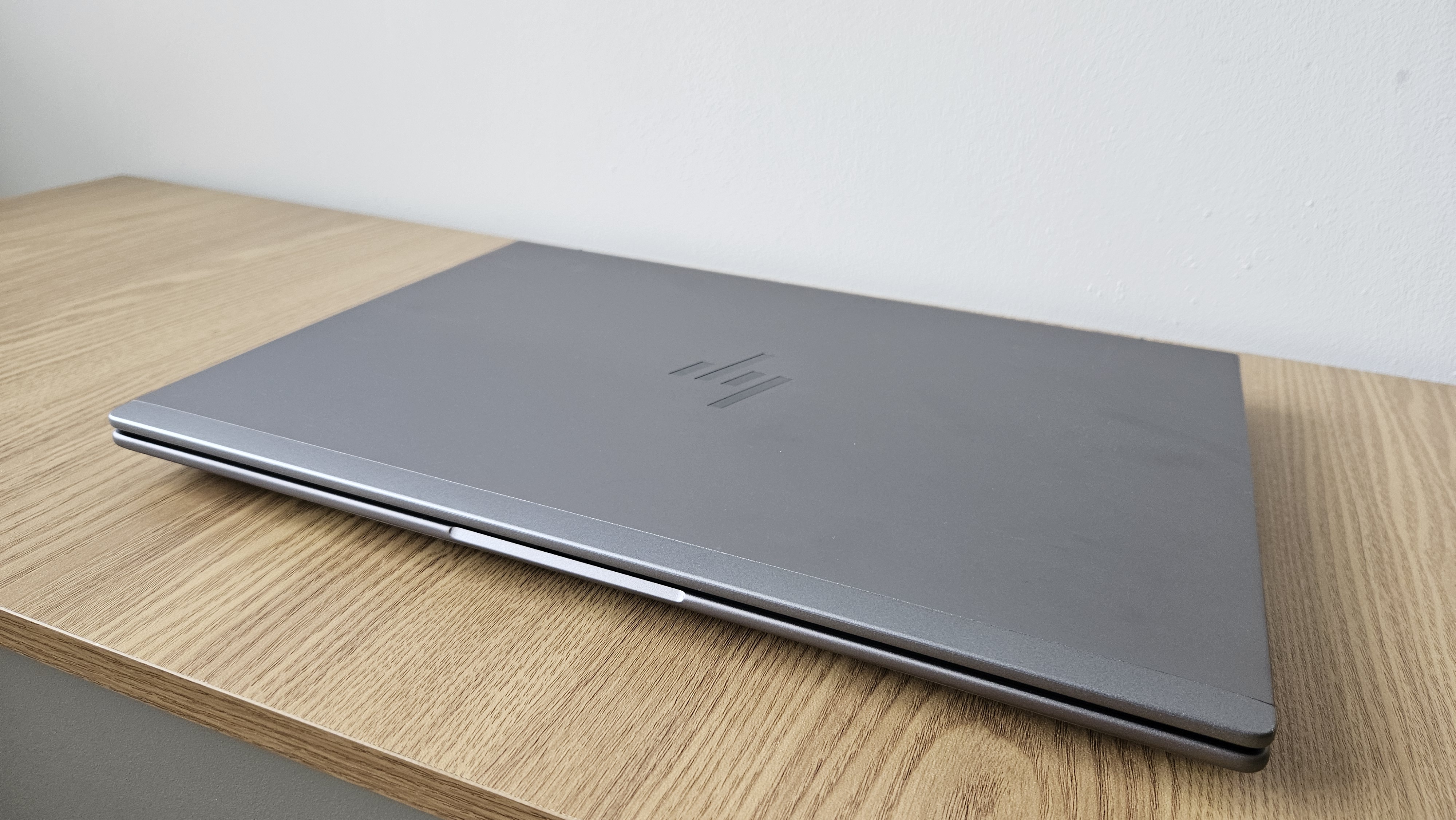 The HP ZBook X G1i is a full-throttle juggernaut – you couldn't ask for much more from a workstation
The HP ZBook X G1i is a full-throttle juggernaut – you couldn't ask for much more from a workstationReviews The HP ZBook X G1i offers almost everything you could want from a workstation, and it's delightful to use
-
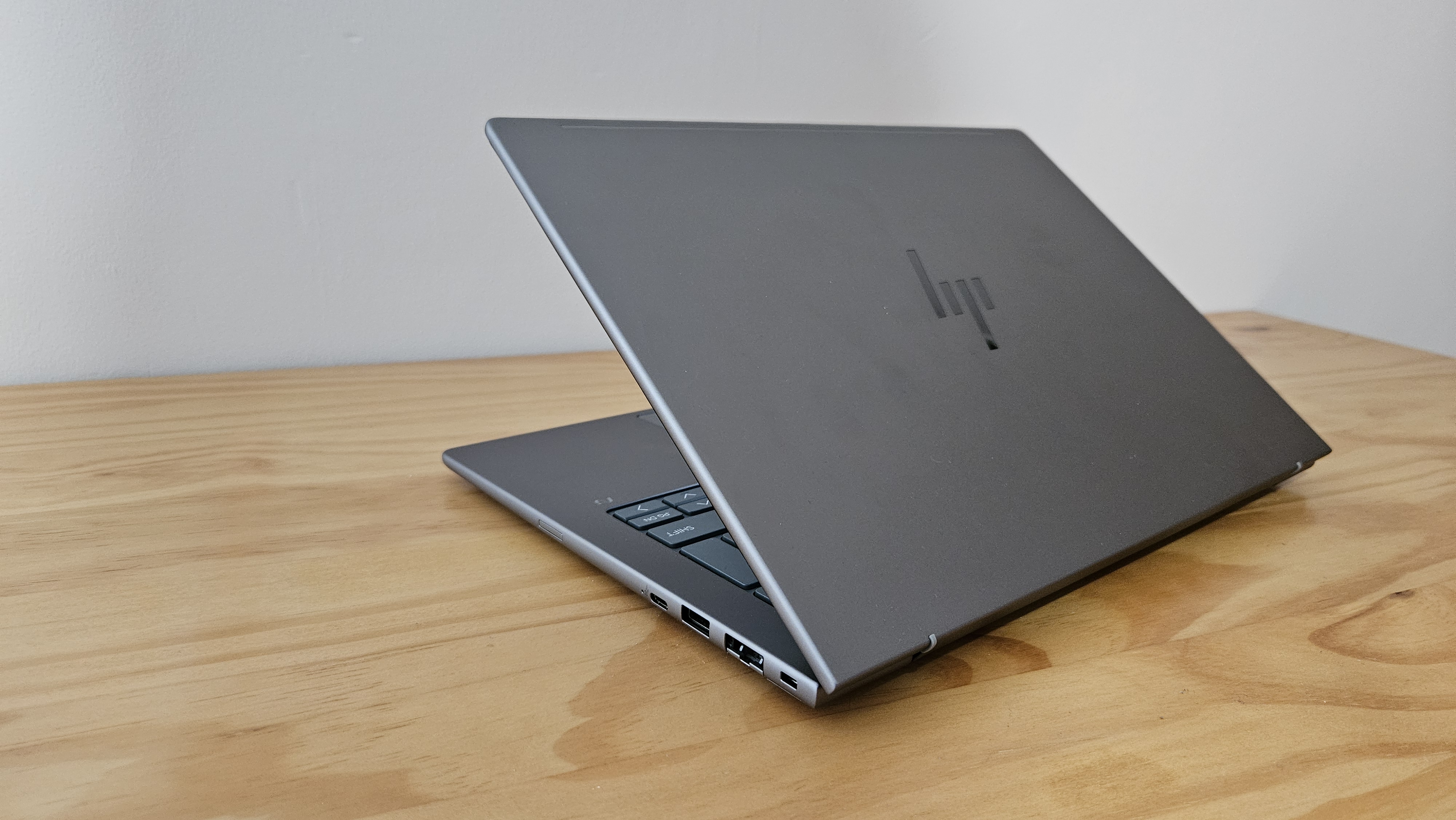 HP ZBook 8 G1ak 14 review: Plenty of promise but falls short
HP ZBook 8 G1ak 14 review: Plenty of promise but falls shortReviews This portable mobile workstation promises so much but fails to deliver in a few key quarters – meaning it's hard to justify its price tag
-
 We're in the age of "mega-tasking," and here's what HP is doing about it
We're in the age of "mega-tasking," and here's what HP is doing about itnews The world's first ultrawide conferencing monitor and a Nvidia-powered workstation aim to tackle our growing work demands
-
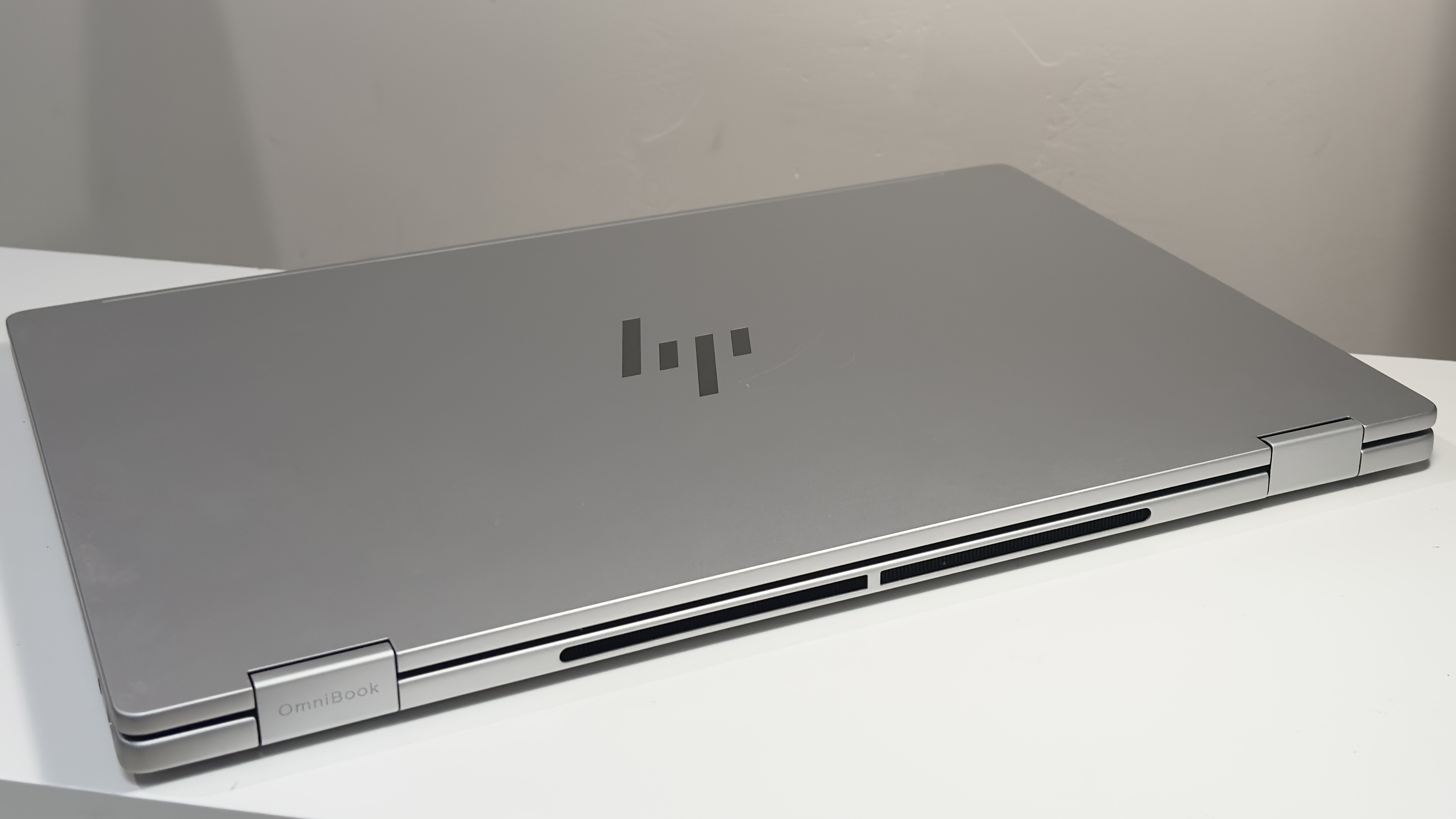 The HP OmniBook X Flip 16 is a brilliant, big, beautiful 2-in-1 laptop – but it's also an absolute bargain
The HP OmniBook X Flip 16 is a brilliant, big, beautiful 2-in-1 laptop – but it's also an absolute bargainReviews HP pairs a gorgeous OLED touchscreen with a smart 2-in-1 design – the result is a superb everyday laptop for sensible money
-
 AI PCs are paying dividends for HP as firm reports sales surge
AI PCs are paying dividends for HP as firm reports sales surgeNews HP has pinned recent revenue increases on Windows 11 and AI PC sales
-
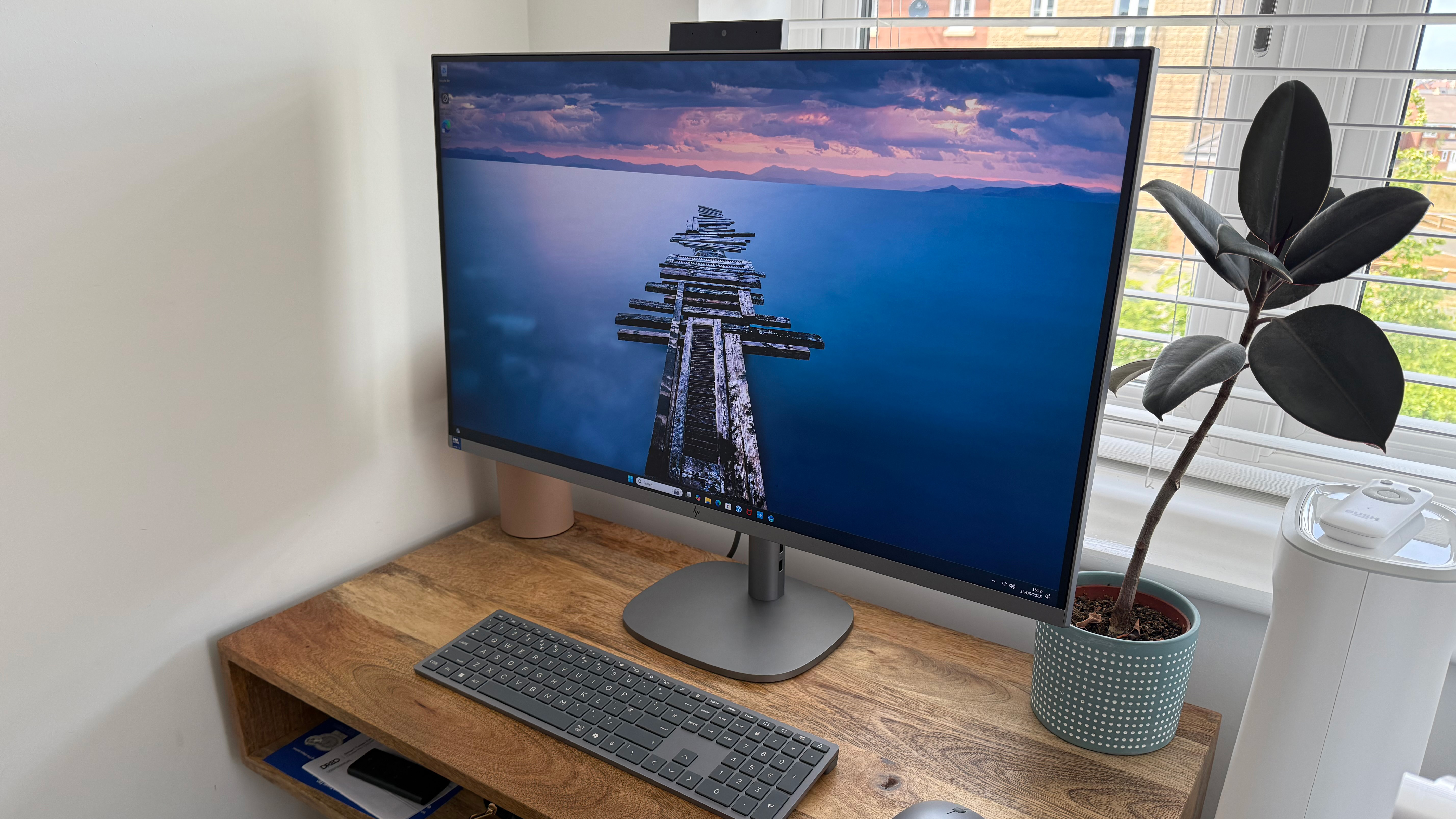 The HP OmniStudio X is a powerful, design-led all-in-one for creative work – but it could do with a stronger GPU
The HP OmniStudio X is a powerful, design-led all-in-one for creative work – but it could do with a stronger GPUReviews HP's answer to the iMac is a premium all-in-one that blends powerful performance with sleek design

